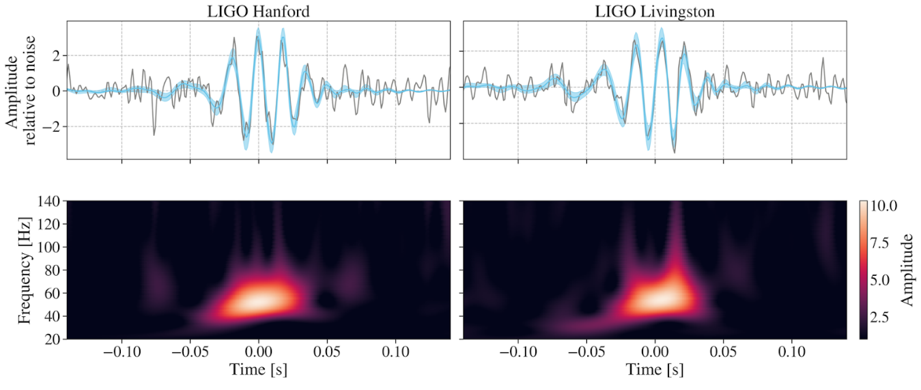In 2023, gravitational wave detectors picked up the signature of a collision 7 billion light-years away. Two black holes had merged in an explosion of warped spacetime, but when astronomers analyzed the data, they found something that violated the rules of physics.
The black holes were spinning faster than any previously observed and fell within a mass range where black holes simply aren't supposed to exist.
When massive stars reach the end of their lives, many collapse and explode as supernovae, leaving behind black holes. But stars within a specific mass range, roughly 70 to 140 times the Sun's mass, meet a different fate.
Related: Entire Swarm of Black Holes Detected Moving Through The Milky Way
They undergo pair instability supernovae, explosions so violent that the star is completely annihilated, leaving absolutely nothing behind. No remnant. No black hole. Just empty space.
The collision known as GW231123 defied this fundamental rule. Both black holes had masses that placed them squarely in this forbidden zone, and they were spinning at nearly the speed of light, dragging spacetime around them like whirlpools.

Previous theories suggested these could be second-generation black holes formed from earlier mergers, but that process typically scrambles the spin.
Finding two such massive, fast-spinning black holes colliding seemed improbable.

Ore Gottlieb and his colleagues at the Flatiron Institute's Center for Computational Astrophysics discovered what everyone else had overlooked, namely, magnetic fields.
Previous simulations had taken a shortcut, ignoring the role of magnetism in the chaotic aftermath of a supernova. That omission turned out to be critical. The team ran computer simulations following a giant star 250 times the Sun's mass through its entire life cycle.
By the time such a star reaches its explosive end, nuclear burning has reduced it to about 150 solar masses, just above the forbidden zone. When it collapses, it forms a spinning disk of leftover stellar material laced with magnetic fields, with a newborn black hole at its center.

Here's where magnetic fields change everything.
The spinning disk normally feeds material into the black hole, but strong magnetic fields exert pressure on this disk, ejecting up to half the star's mass away at nearly light speed.
This dramatically reduces the final mass of the black hole, pushing it down into the supposedly forbidden mass gap while simultaneously affecting its spin rate.
The simulations revealed that stronger magnetic fields create lighter, slower spinning black holes, while weaker fields allow heavier, faster spinning ones. This relationship suggests black holes follow a pattern tying their mass and spin together, offering a new way to understand how these stellar giants form.
The work also predicts that such formations should produce observable gamma-ray bursts, offering a way to test these ideas and discover how common these "impossible" black holes might actually be.
This article was originally published by Universe Today. Read the original article.

